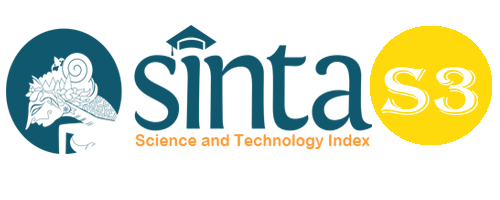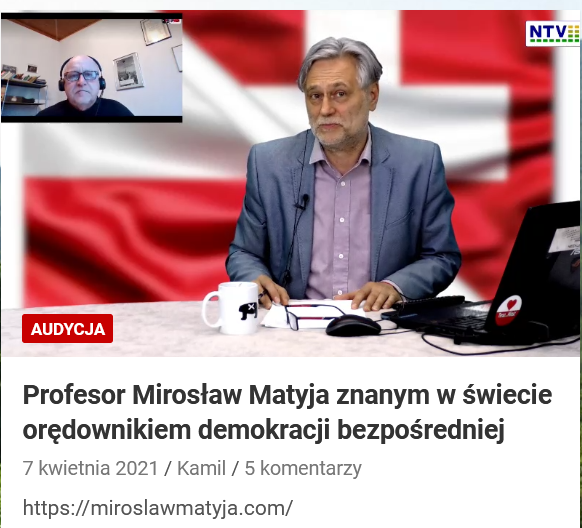Improving Students' Writing Descriptive Text Through Digital Storytelling Technique
Abstract
Keywords
Full Text:
PDFReferences
Best, J.W. & Khan J.V. 2006.Research in Education.London: Pearson Education.
Burns, A. 2010.Doing Action Research in English Language Teaching.New York: Routledge Taylor and Francis Group.
Hale, et. al. 2008.Charting New Courses: Second Language Action Research in Japanese Junior and Senior High Schools. New York: Accents Asia Press.
Kern, R. 2000. Literacy and Language Teaching. Oxford: Oxford University.
Kengue& Jared. 2015. Handbook of Research on Educational Technology Integration and Active Learning. Hershey: Information Science Reference.
Lee, I. 2017. Classroom Writing Assessment and Feedback in L2 School Contexts. Singapore: Springer.
Li, N. 2015.A Book for Every Teacher: Teaching English Language Learners. Washington: Information Age Publishing.
Mather, et. al. 2009.Writing Assessment and Instruction for Students with Learning Disabilities. San Fransisco: Jossey-Bass.
Miller, L.C. 2010. Make Me a Story: Teaching Writing through Digital Storytelling. Portland: Stenhouse Publishers.
Ohler, J. 2008. Digital Storytelling in the Classroom: New Media Pathways to Literacy, Learning, and Creativity. California: Corwin Press.
Okada & Alexandra. 2012. Collaborative Learning 2.0: Open Educational Resources: Open Educational Resources. Hershey: Information Science Reference.
Richard, J.C., & Renandya, W.A. 2002. Methodology in Language Teaching: An Anthology of Current Practice. Cambridge: Cambridge University.
Xie, A., & Huang, X. 2012. Advances in Computer Science and Education. New York: Springer.
DOI: https://doi.org/10.33258/birci.v1i3.58
Article Metrics
Abstract view : 426 timesPDF - 317 times
Refbacks
- There are currently no refbacks.

This work is licensed under a Creative Commons Attribution 4.0 International License.

This work is licensed under a Creative Commons Attribution-ShareAlike 4.0 International License.

_.gif)

















_.gif)



